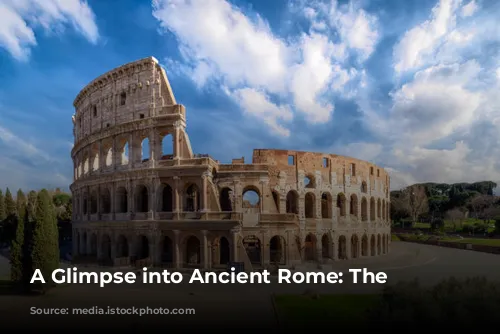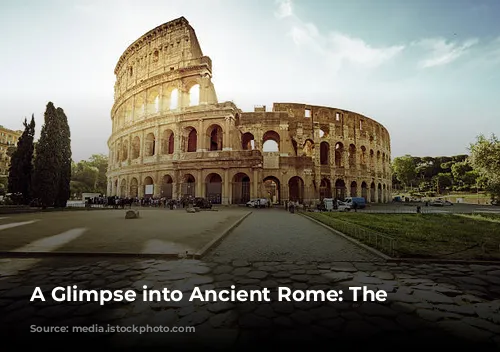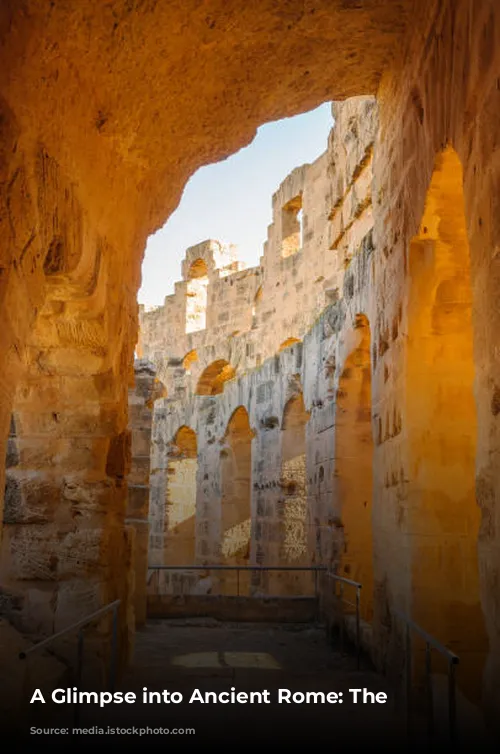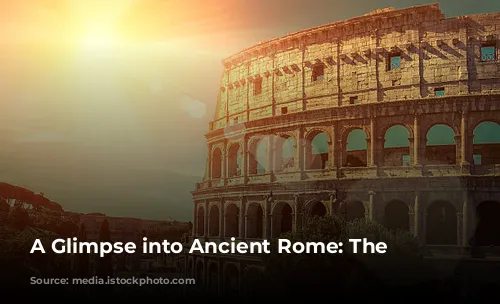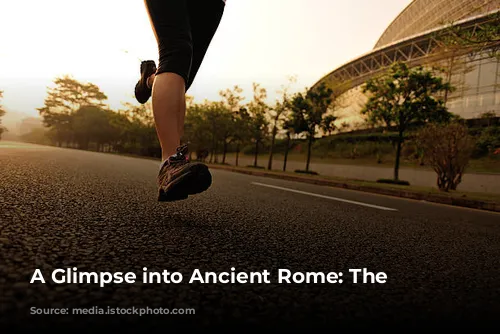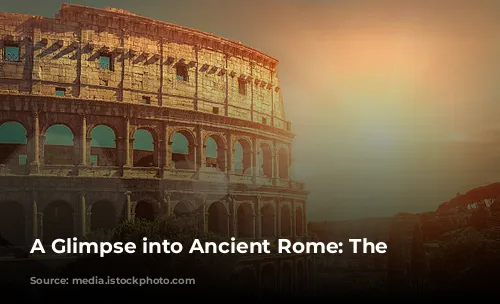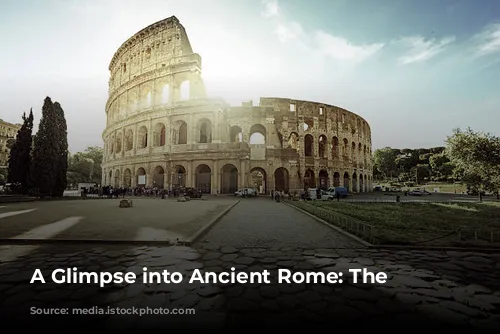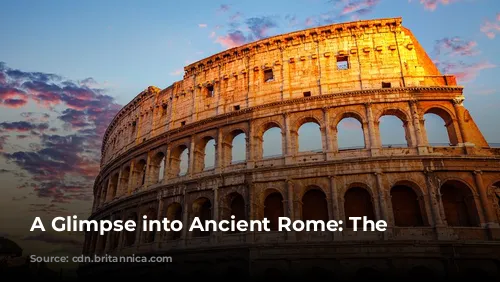The Colosseum, a towering testament to Roman ingenuity and architectural prowess, stands as one of the few largely intact structures from the ancient Roman Empire. Its imposing presence not only draws tourists from across the globe but also generates a substantial income for the Italian government. In fact, in 2018, the Colosseum, Roman Forum, and Palatine Hill collectively raked in over $63.3 million (€53.8 million), making it the most popular tourist attraction in Italy.
This iconic landmark has witnessed the ebb and flow of history, from its glory days as a center of entertainment to its neglect and eventual restoration. After the fall of the Western Roman Empire, the Colosseum fell into disrepair, becoming a fortress for prominent Roman families during the 12th century. The 15th century saw the Colosseum being used as a quarry, leaving it in a dilapidated state for over a thousand years. Fortunately, state-funded restoration efforts commenced in the 1990s, breathing life back into this architectural marvel.
A Monument to Imperial Power and Entertainment
The Colosseum’s construction was a grand gesture by the Roman emperor Vespasian, aimed at revitalizing Rome after the turbulent year of the four emperors in 69 CE. Like other amphitheaters of its time, the Colosseum was envisioned as an entertainment hub, hosting thrilling gladiatorial contests, exotic animal hunts, and even elaborate mock naval battles.
Construction of this colossal structure began under Vespasian’s reign between 70 and 72 CE, with the completed structure dedicated in 80 CE by his son and successor, Titus. The Colosseum’s fourth story was later added by the emperor Domitian in 82 CE. Interestingly, the funding for this massive project came from the plunder acquired by Titus during his sack of Jerusalem in 70 CE, and Jewish slaves from Judea were employed in its construction.
A Masterpiece of Engineering and Design
The Colosseum, also known as the Flavian Amphitheatre, is an elliptical structure made of stone, concrete, and tuff, rising to a height of four stories. This colossal arena, measuring 620 by 513 feet (189 by 156 meters), could accommodate a staggering 50,000 spectators. Famously, the Colosseum served as a stage for gladiatorial combat, a spectacle that captivated the Roman populace.
Situated just east of the Palatine Hill, the Colosseum occupies the site of Nero’s Golden House. The artificial lake that served as the centerpiece of this opulent palace complex was drained to make way for the Colosseum. This decision was as much a symbolic gesture as a practical one. Vespasian, who rose to power from humble beginnings, chose to replace the tyrannical emperor’s private lake with a public amphitheater that could host tens of thousands of Romans.
A Symbol of Ancient Rome’s Grandeur and Spectacle
The Colosseum’s design is a testament to Roman architectural ingenuity. Unlike earlier amphitheaters, which were often built into hillsides for added support, the Colosseum is a freestanding structure. It employs a complex system of barrel and groin vaults, showcasing the Romans’ mastery of engineering.
The arena’s three lower stories feature arcades adorned with engaged columns in the Doric, Ionic, and Corinthian orders. This distinctive architectural arrangement later inspired the Renaissance codification known as the assemblage of orders. The Colosseum’s construction materials, including travertine for the main structure and facade, volcanic tufa for the secondary walls, and concrete for the inner bowl and arcade vaults, reflect the Roman’s practical approach to construction.
A Witness to History’s Thrills and Trials
The Colosseum’s massive size and intricate design allowed it to accommodate an astounding 50,000 spectators. A retractable awning known as a velarium shielded them from the sun’s glare. This impressive engineering feat involved supporting masts extending from corbels built into the Colosseum’s top story and required hundreds of Roman sailors to manipulate the rigging.
The Colosseum witnessed thousands of gladiatorial combats, contests between men and animals, and even elaborate mock naval battles. While the arena’s role in the martyrdom of early Christians remains uncertain, its historical significance as a center of entertainment is undeniable.

A Legacy of Endurance and Revival
Through the ages, the Colosseum has endured the passage of time, experiencing various transformations and periods of neglect. In medieval times, it served as a church and later became a fortress for prominent Roman families like the Frangipane and the Annibaldi. The Colosseum suffered damage from lightning strikes, earthquakes, vandalism, and pollution, leading to the disappearance of its marble seats and decorative materials. For over a thousand years, it was treated as little more than a quarry.
The 19th century marked the beginning of earnest preservation efforts for the Colosseum, with notable contributions from Pope Pius VIII. A major restoration project undertaken in the 1990s breathed new life into this ancient marvel. Today, the Colosseum remains one of Rome’s top tourist attractions, welcoming close to seven million visitors annually. The Colosseum continues to host regular exhibitions showcasing the rich culture of ancient Rome, ensuring that its legacy lives on for generations to come.


